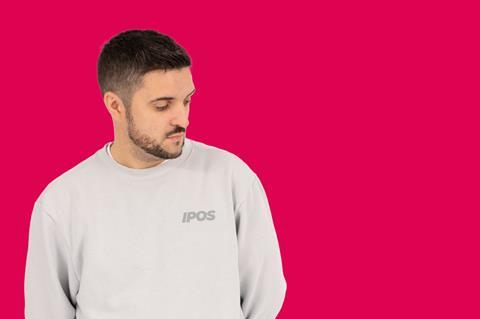Scott Waldron reflects on some of the strongest brand campaigns from the summer of sport and shares the key learnings

Unlike the athletes we’ve watched in recent weeks, brands and creatives have the luxury of being able to start at the finish line and work backwards to create their desired result. This principle has been key to some of the most successful brand activations we’ve seen over the summer.
The most captivating campaigns have had a clear target audience from the start – they have identified who they want to speak to, where they will be (both physically and digitally), what kind of media they will consume and the messaging that will resonate, then worked backwards to build a campaign that ticks all the boxes.
Take Apple, for example, which was not one of the official Olympics sponsors and therefore had to tread carefully when it came to referencing the Games.
The tech brand launched a campaign across billboards in Paris and Marseille highlighting the creative potential of the new iPad through a series of witty illustrations. The images, designed on an iPad, showed people releasing their inner athlete to partake in everyday moments, from rugby tackles on the Metrolink to jockeys riding their holiday luggage.
By clearly identifying their target audience – illustrators who might use the new iPad to create their own designs – the campaign was able to connect by using a topical event to capture the attention of the end user at a precise moment in time.
Play to a captive audience
While it might be tempting to take events like the summer of sport and apply them to campaigns in a very literal way, the most effective activations actually do the opposite; they stay true to brand values and personality and use topical occasions as a starting point for telling the brand story in a new way.
Many of the major campaigns were also based on simple ideas, taking one clear thread and amplifying it across all available channels in new, creative ways. This allows stakeholders to buy into the idea from the start and put their own spin on it, creating a coherent campaign that cuts through at every touch point.
Nike’s partnership with the Centre Pompidou in Paris this summer was a clear example of a brand taking the opportunity to tell its own story.
The sports brand transformed the Pompidou’s iconic façade into a canvas to showcase various stories of sport, as well as launching a special exhibition within the museum to celebrate the journey of Nike Air. Nike credits the Pompidou’s inside-out architecture as the inspiration for the Nike Air technology that launched almost 40 years ago, and the collaboration was a simple idea to hark back to the brand’s history.
It used current events as a trigger to launch the campaign, then followed up with the core marketing principles of educating, engaging, entertaining, and empowering its target audience through immersive experiences and at every touchpoint throughout the campaign.
As we approach the end of the summer of sport and look to the next big occasions such as Christmas and the peak retail period, brands should take inspiration from the incredible achievements of the summer of sport and push their own boundaries.
It’s time to show up and go big; aim to create moments in time that resonate with your target audience and tell your unique brand story in new, creative ways.
Scott Waldron (pictured above) is head of IPOS CREATE






No comments yet